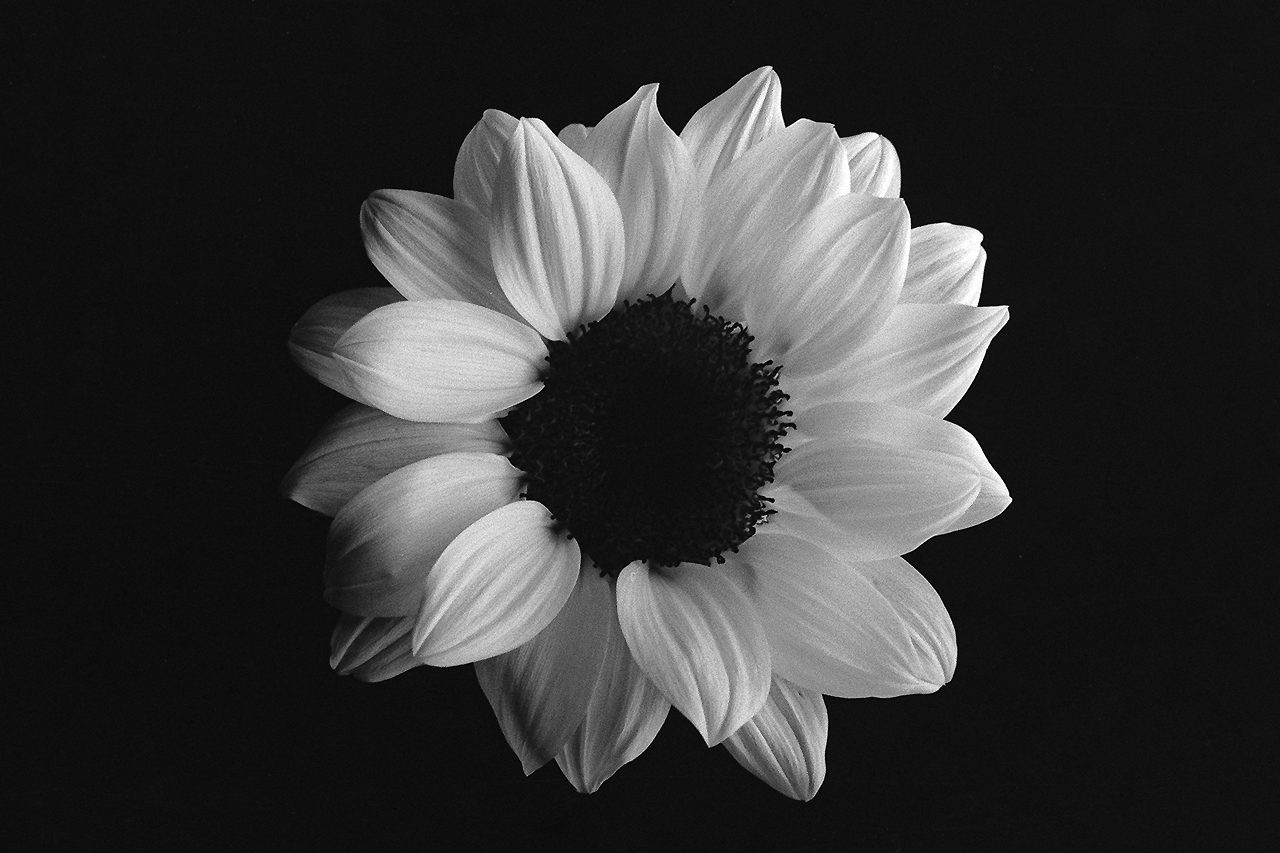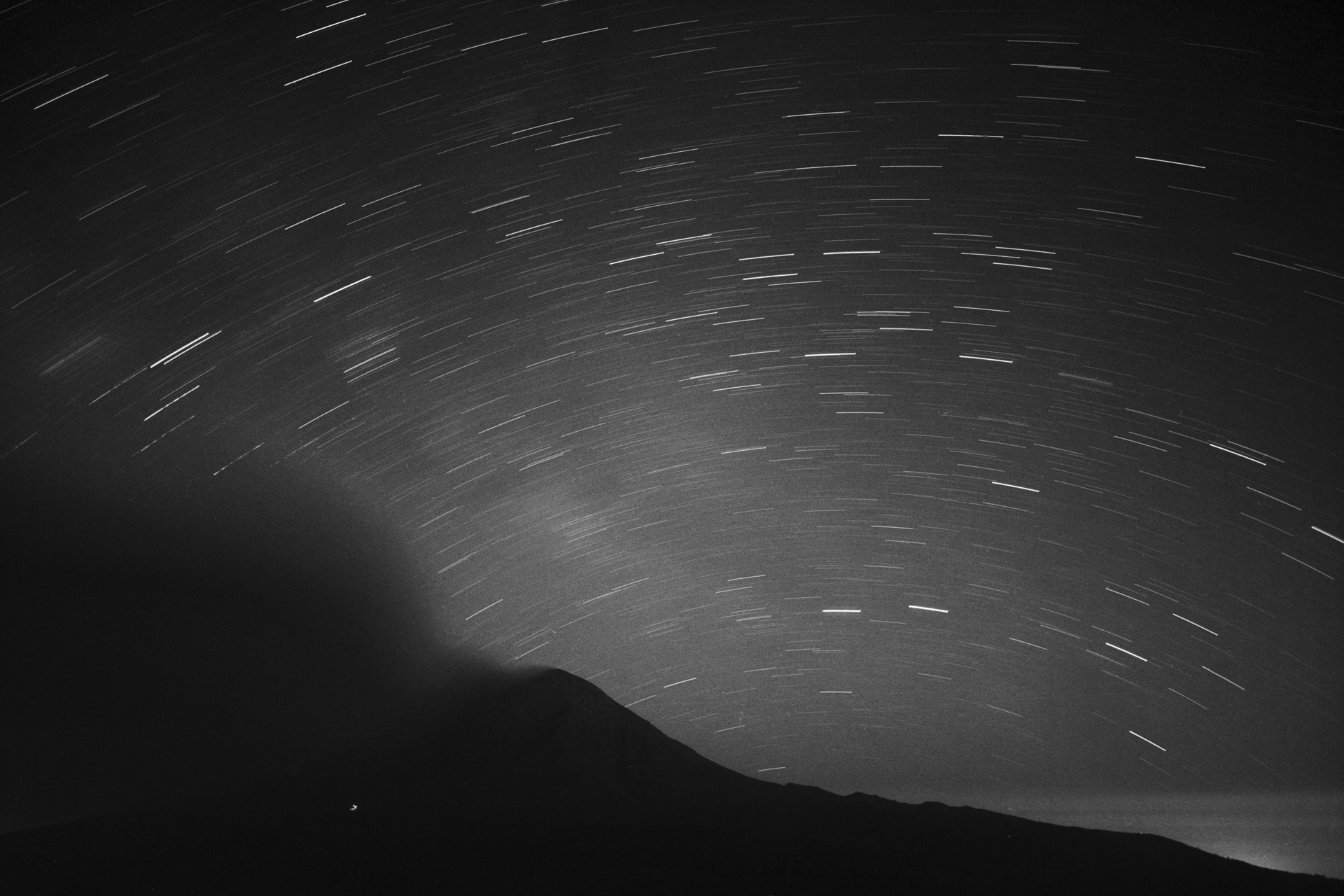
B&W Photo Extras
licht / light / luz / lumière / luce / 光
- In der Fotografie: wesentlich für die Kunst, Anwendung und Praxis der Bilderzeugung, entweder elektronisch mittels eines Bildsensors oder chemisch mittels eines lichtempfindlichen Materials wie fotografischen Filmen, Glas oder Papier.
- In photography: essential to the art, application, and practice of creating images, either electronically by means of an image sensor, or chemically by means of a light-sensitive material such as photographic film, glass or paper.
- En fotografía: esencial para el arte, la aplicación y la práctica de crear imágenes, ya sea electrónicamente por medio de un sensor de imagen, o químicamente por medio de un material sensible a la luz como película fotográfica, vidrio o papel.
- En photographie: essentiel à l’art, à l’application et à la pratique de la création d’images, soit électroniquement au moyen d’un capteur d’images, soit chimiquement au moyen d’un matériau sensible à la lumière tel qu’un film photographique, du verre ou du papier.
- Nella fotografia: essenziale per l’arte, l’applicazione e la pratica della creazione di immagini, sia elettronicamente mediante un sensore di immagine, sia chimicamente mediante un materiale sensibile alla luce come pellicola fotografica, vetro o carta.
- 写真において:イメージセンサーを使って電子的に、あるいは写真フィルム、ガラス、紙などの感光材料を使って化学的に画像を作成する技術、応用、実践に不可欠。
Photographic film
Photographic film is a strip or sheet of transparent film base coated on one side with a gelatin emulsion containing microscopically small light-sensitive silver halide crystals.
The sizes and other characteristics of the crystals determine the sensitivity, contrast, and resolution of the film.[1] Film is typically segmented in frames, that give rise to separate photographs.
The emulsion will gradually darken if left exposed to light, but the process is too slow and incomplete to be of any practical use. Instead, a very short exposure to the image formed by a camera lens is used to produce only a very slight chemical change, proportional to the amount of light absorbed by each crystal. This creates an invisible latent image in the emulsion, which can be chemically developed into a visible photograph. In addition to visible light, all films are sensitive to ultraviolet light, X-rays, gamma rays, and high-energy particles.
Unmodified silver halide crystals are sensitive only to the blue part of the visible spectrum, producing unnatural-looking renditions of some colored subjects. This problem was resolved with the discovery that certain dyes, called sensitizing dyes, when adsorbed onto the silver halide crystals made them respond to other colors as well. First orthochromatic (sensitive to blue and green) and finally panchromatic (sensitive to all visible colors) films were developed.
Panchromatic film renders all colors in shades of gray approximately matching their subjective brightness. By similar techniques, special-purpose films can be made sensitive to the infrared (IR) region of the spectrum.[2]
What is Reciprocity Failure?
In photography, reciprocity is the inverse relationship between the intensity and duration of light that determines the reaction of light-sensitive material. In simpler terms, the longer the duration of the metered exposure, the less sensitive the film becomes, thus, an adjustment is needed.
Within a normal exposure range for film stock, for example, the reciprocity law states that the film response will be determined by the total exposure, defined as intensity × time. Therefore, the same response (for example, the optical density of the developed film) can result from reducing duration and increasing light intensity, and vice versa
Reciprocity Failure Times
Black & White Film
These charts showcase only a small fraction of the vast B&W Film offerings available on the market, they are based solely on my personal shooting habits, the different films I have used over the years and my individual preferences.

Sight and feeling will appear on a print. If it excites me,
there is a good chance it will make a good photograph.
– Ansel Adams


